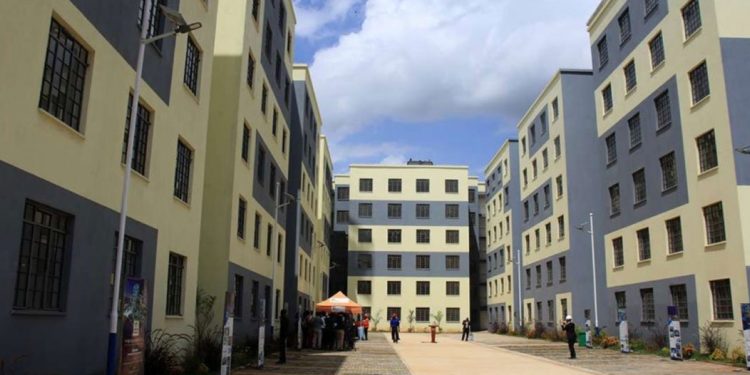The Ruto administration, which assumed office on September 13, 2022, placed affordable housing for all Kenyans at the core of its manifesto, pledging to construct 250,000 units annually—a dramatic increase from the estimated 50,000 units currently being supplied each year. This ambitious goal aimed to address the acute housing shortage, stimulate employment, and drive economic growth.
During 2023, the government initiated and broke ground for several affordable housing projects across the country, creating high expectations that contruction of the thousands of units would energize the Kenyan construction sector. To fund these expansive projects, the government further introduced the affordable housing housing levy through the Finance Act 2023. This levy, requiring a collective contribution of 3% from both employers and employees, was expected to generate substantial revenue to support the initiative.
Given these efforts and the financial backing from taxpayers, it was anticipated that by 2024, the construction sector would reflect significant growth. However, data released by the Kenya National Bureau of Statistics (KNBS) for the first quarter of 2024 tells a different story. The construction sector’s growth has decelerated sharply, registering a mere 0.1% growth during the first three months of 2024, compared to the 3.0% growth recorded in a similar period in 2023.
Additionally, cement consumption, a critical indicator of construction activity, plummeted by 12.7%, dropping from 2,234.2 thousand metric tonnes in Q1’2023 to 1,949.9 thousand metric tonnes in Q1’2024. This slowdown raises several critical questions about the execution and impact of the affordable housing initiative. The decline suggests underlying issues that go beyond surface-level economic metrics and delve into the complexities of project implementation and market dynamics.
Possible explanations for the slowdown could be bureaucratic inefficiencies. Large-scale projects often face administrative hurdles, including delays in project approvals, land acquisition challenges, and coordination issues among various government agencies. These bureaucratic obstacles often delay the start and progress of construction projects. Financial mismanagement or misallocation of the housing levy funds might also be contributing factors, given that corruption is widespread in Kenya.
As the government continues to demand more taxes from its citizens to fund infrastructure and housing developments, there must be a comprehensive account of the issues plaguing these initiatives. Taxpayers have a right to understand how their contributions are being utilized and to see tangible results from the government’s promises. Ensuring transparency, accountability, and efficiency in project execution is paramount to maintaining public trust and support.


















